Climate Projects

55
Projects supported
1,064,842
Avoided tonnes
1,729
Companies
This is where we make an impact
Clean cooking stoves Zambia VPA 3
This project improves health conditions and quality of life on top of fighting climate change in Zambian households. Consumption of local wood fuel is reduced by up to 70% with these cookstoves.
Learn moreAll projects
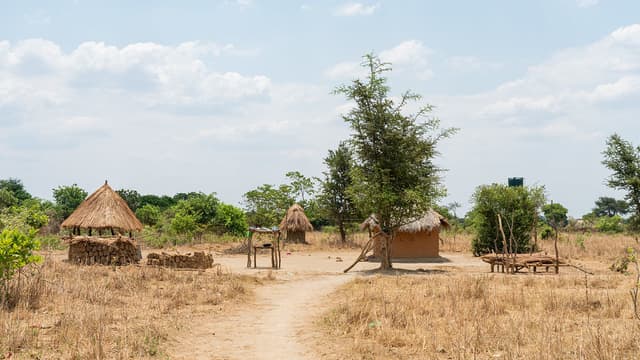
Clean cooking stoves Zambia VPA 3
This project improves health conditions and quality of life on top of fighting climate change in Zambian households. Consumption of local wood fuel is reduced by up to 70% with these cookstoves.
Learn more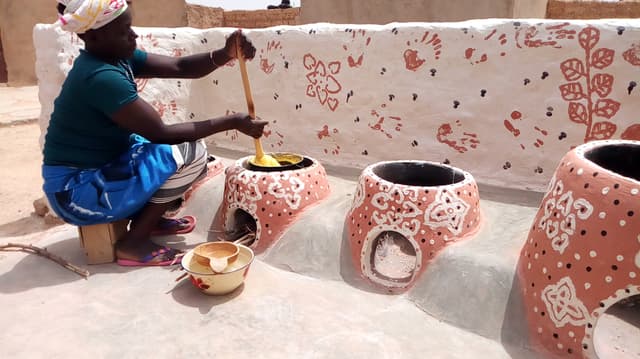
Efficient Cookstoves in Burkina Faso
Contributes to reducing carbon dioxide emissions and improving living conditions for the people of Burkina Faso
Learn more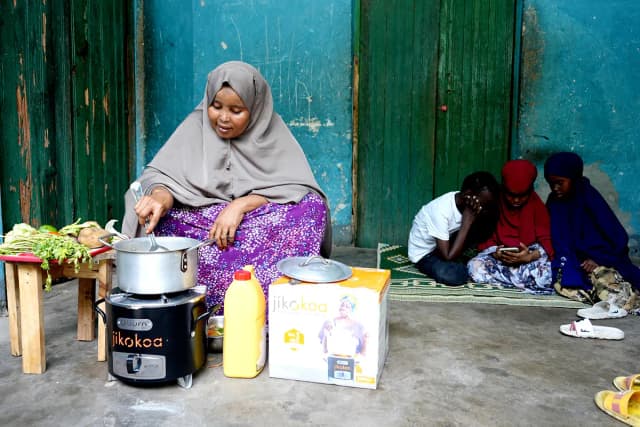
Clean Cooking for households in Somalia
This project deploys highly efficient improved cookstoves reducing woody biomass consumption for households in urban and peri-urban areas of Somalia.
Learn more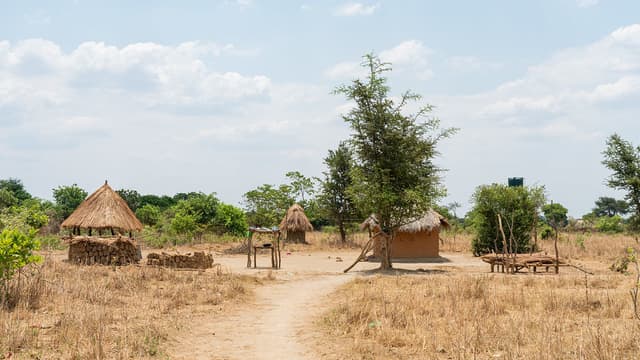
Clean cooking stoves Zambia VPA 3
This project improves health conditions and quality of life on top of fighting climate change in Zambian households. Consumption of local wood fuel is reduced by up to 70% with these cookstoves.
Learn more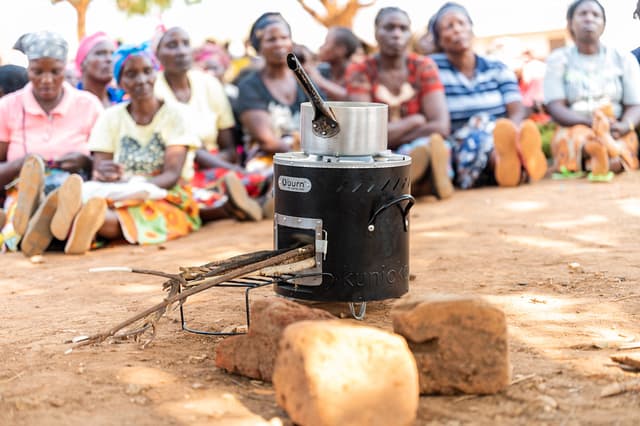
Clean cooking stoves Zambia VPA 1
This project improves health conditions and quality of life on top of fighting climate change in Zambian households. Consumption of local wood fuel is reduced by up to 70% with these cookstoves.
Learn more
WWF Meigu High Efficient Cook Stove Project
Inefficient built-in stoves for cooking and heating are being reconstructed into being 70% more efficient. This contributes to decreasing deforestation and protecting a giant panda habitat.
Learn more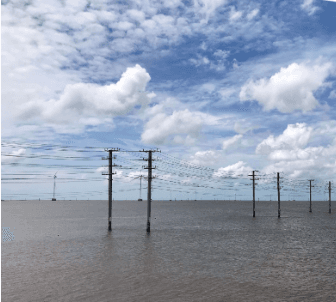
Thanh Hai Wind Power Project
Vietnam’s reliance on fossil fuels for electricity is being challenged by renewable projects like the Wind Power Plant Thanh Hai. Located in Thanh Hai commune, Thanh Phu district, Ben Tre province, this offshore wind farm has a total capacity of 110 MW and an annual electricity output of 356.95 GWh.
Learn more
Clean cooking stoves Zambia VPA 3
This project improves health conditions and quality of life on top of fighting climate change in Zambian households. Consumption of local wood fuel is reduced by up to 70% with these cookstoves.
Learn moreThis is how it works
The purpose of all our projects is to reduce greenhouse gas emissions, for example by contributing to the transition towards renewable energy.
Each operational year of the projects, the avoided emissions are measured in carbon dioxide equivalents, which we purchase as carbon credits. This means that the impact can't later be undone.
We always pick the projects that make the most climate impact. This can, for example, be projects in highly fossil-fuel dependent countries where clean renewable energy makes a big difference.
In addition to the climate impact, the projects contribute to local sustainable development, for example by offering jobs or improving air quality.
Projects are certified by strict standards, such as the Gold Standard, and are regularly reviewed by independent third parties.
